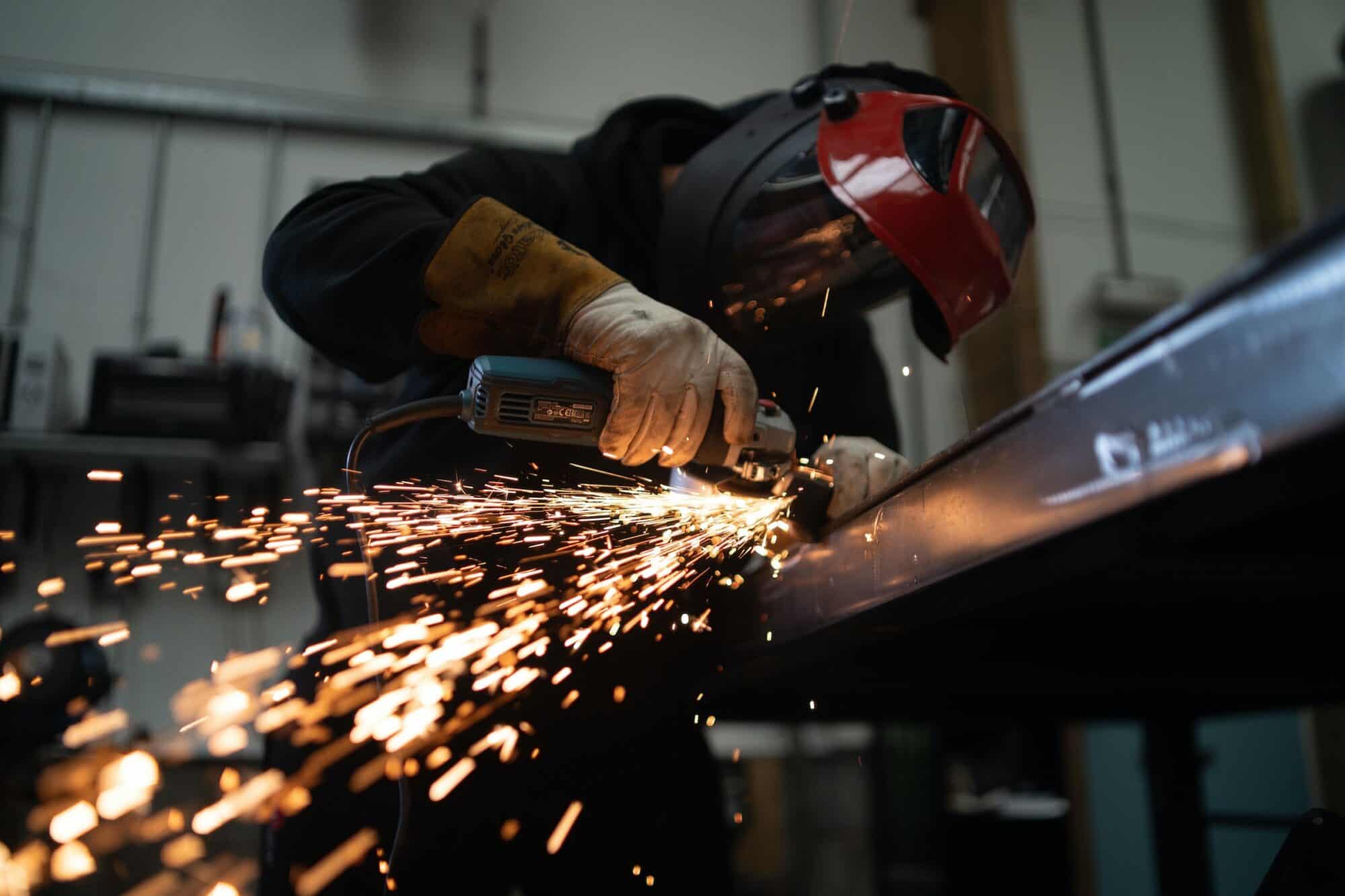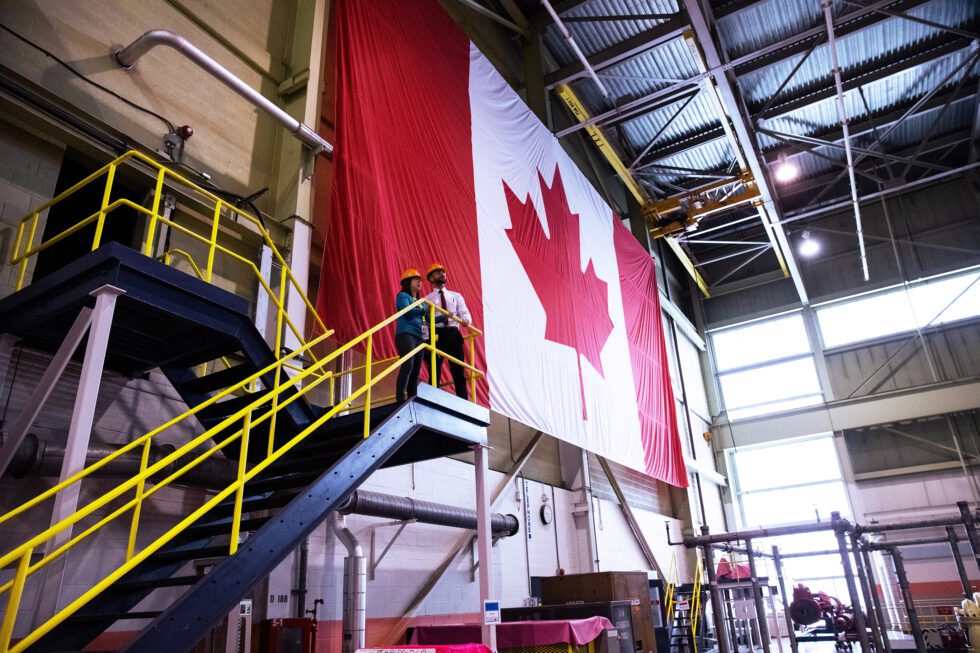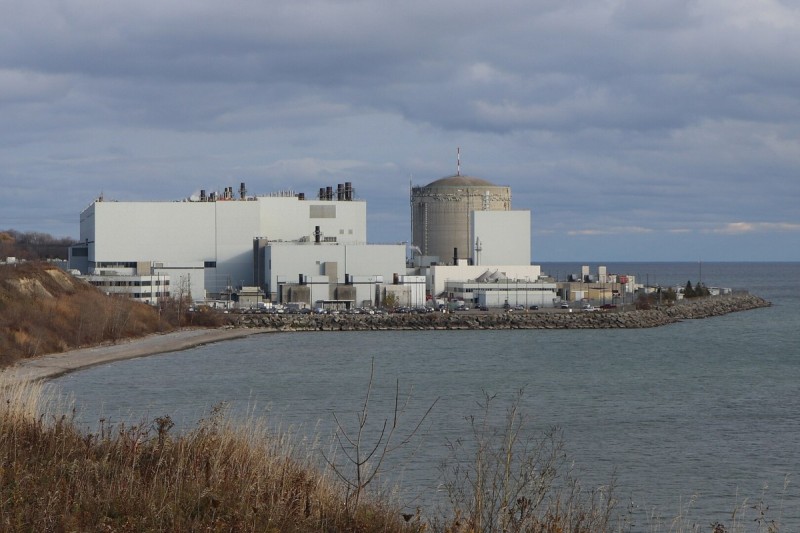One of the by-products of the global COVID-19 pandemic is that all of a sudden people are paying attention to where things are actually manufactured. On Monday morning April 13, the lead headline on the CBC website was “Canada building its own PPE supply chain…in China”. As the Toronto Star noted in its April 7, Editorial – “Canada Needs a New Industrial Policy”, when Canada is left scrambling for medical equipment, relying on goods that are manufactured halfway around the world “doesn’t seem like such a good idea anymore”.
In reality, of course, Canada has not had any industrial policy to promote advanced domestic manufacturing for decades. Our manufacturing policy has largely consisted of signing as many free trade agreements as possible to secure markets for Canadian goods, while at the same time looking to import the cheapest products available and outsource supply chains. Not only has this caused us to be unprepared for this pandemic, but it has also come at the cost of good jobs in Canada
When it comes to planning and promoting manufacturing here at home – Canadian governments have had no long term vision.
The results are predictable. In Canada, over the last 20 years, GDP from industrial production has been essentially stagnant. Manufacturing accounts for roughly 10% of Canada’s GDP, down from about 16% in the year 2000, and far lower than the high of 30% in the 1950s. Indeed, it took the Canadian manufacturing sector close to 6 years to recover from the 2008-2009 financial crisis. By contrast, Germany, a country with a domestic industrial strategy, has seen GDP from industrial production rise by over 66% over the last 20 years, and Germany’s manufacturing sector rebounded from the 2008 financial crisis in less than 3 years.
Of course the neglect of Canada’s manufacturing sector was a problem long before it became apparent that we did not have the capacity to produce PPE during the pandemic. The decline in manufacturing has been a key contributor to the stagnation of wages in Canada, the decline in private sector unionization, and Canada’s increasing reliance on the extraction and export of unprocessed natural resources. In 1980, almost 20% of all jobs in Canada were in the manufacturing sector– that dropped to 9% by 2019.
Indeed, Canada has become increasingly known as an economy that depends on the export of raw materials. Resource extraction, which is very capital intensive, supports good jobs for Canadian workers. But, as a percentage of total jobs, extractive sector1 employment accounted for about 3% of total jobs in 1980, and under 1.7% by 2019 . We have lost the capacity to use our resource base to supply a domestic industrial manufacturing economy that should ultimately support many more workers and communities.
It is long past time that Canada should address this problem. By focusing on an industrial growth strategy, governments can help to ensure that the economic recovery that follows the pandemic will be more durable, will create better jobs and, if we do it right, will help us meet our climate change targets.
How can this be done? Well, initially, as governments are looking to stimulate economic recovery, that stimulus should come with conditions – immediate job creation, economic productivity and medium and long term investment. Canadian governments in recent years have been quite willing to offer the manufacturing sector low interest loans to stimulate short term investment, followed by the inevitable political photo-op in front of large machines and grateful workers in hard hats. But that’s not the same thing as a long term industrial strategy. Moreover, too often government support has not been made contingent on long term job creation. That has to change.
Second, governments at all levels need to use the power of infrastructure spending and procurement to support Canadian industry and maximize job creation in Canada. Canadian governments have been talking about the need for infrastructure investment for years, and surely a key part of the post pandemic stimulus will involve fast tracking infrastructure projects. But here again – for decades Canada has failed to use infrastructure procurement to maximize job creation in Canada. Of course it does not help that trade agreements, notably the CETA with the EU, restrict Canada’s ability to insist on domestic procurement that creates jobs in Canada. Moreover, you can be sure that in the U.S., aggressive “Buy America” programs will surely be the order of the day for the large U.S. procurement market, and under the recently concluded CUSMA, Canada has no preferential access to U.S. procurement.
Canadian governments will have to maximize industrial job creation here in Canada, and they will have to perhaps stand strong in the face of WTO or European protests in order to do so.
Finally, because we have neglected our manufacturing base for decades, Canada is more reliant than ever on resource extraction – and fossil fuel extraction makes up over two-thirds of our current resource sector. It’s also the case that we have a lot of manufacturing jobs tied to the fossil fuel sector. But as we face low fossil fuel prices, it is clear that manufacturing is going to be critical if we are going to meet our climate change objectives. Mining and manufacturing supply chains are critical for the production of the goods we need for a low carbon economy, whether that is transit, wind turbines or electric vehicles. But none of these goods will be made in Canada unless we have a strategy to make it happen.
How can we promote manufacturing and meet our climate change targets? Of course we should promote clean energy investment, provided that Canadian jobs come with the investment. That is what Germany is looking to do. But Germany is also looking to subsidize heavy industry to reduce emissions and start the process of reducing their reliance on fossil fuel energy. Canada already has some of the cleanest steel and aluminum in the world, thanks primarily to our relatively low carbon electricity supply. But in the longer term, we can become a global manufacturing leader if we can promote and build a low emissions manufacturing base. Quebec is a leader in low carbon aluminum, but the rest of Canada needs to catch up and promote new technology such as developing the use of zero carbon hydrogen in industrial applications.
More generally, for decades Canadian governments have relied on increasing global trade and free markets to create jobs in Canada. This has not only left us without the ability to manufacture critical medical supplies during this pandemic, it has left us with a weakened domestic manufacturing base that has not received enough support from governments. One can only hope that the current crisis will put a long term industrial job creation strategy back on the domestic agenda.
Meg Gingrich, from the United Steelworkers’ research department, contributed research and feedback for this article.





